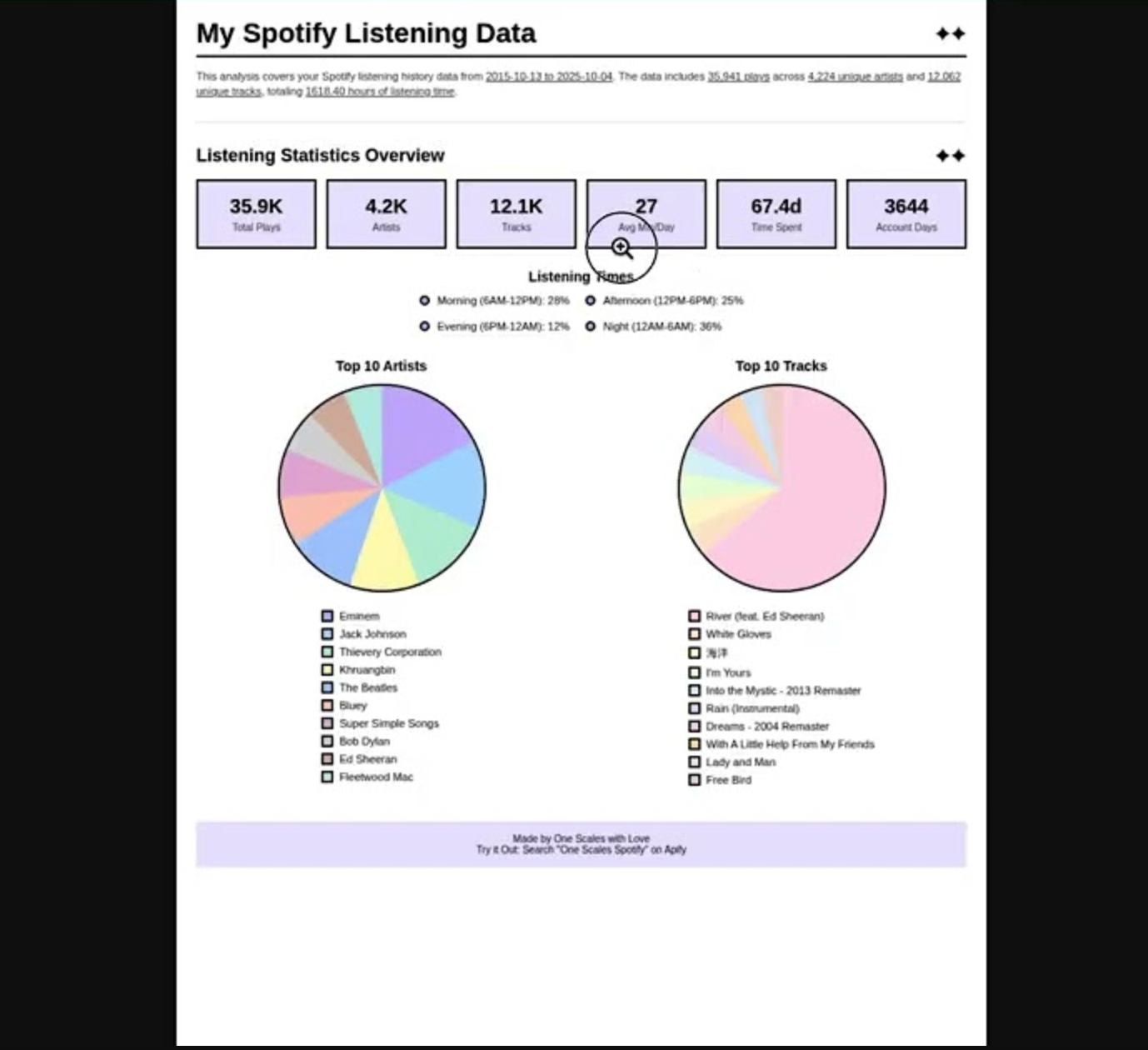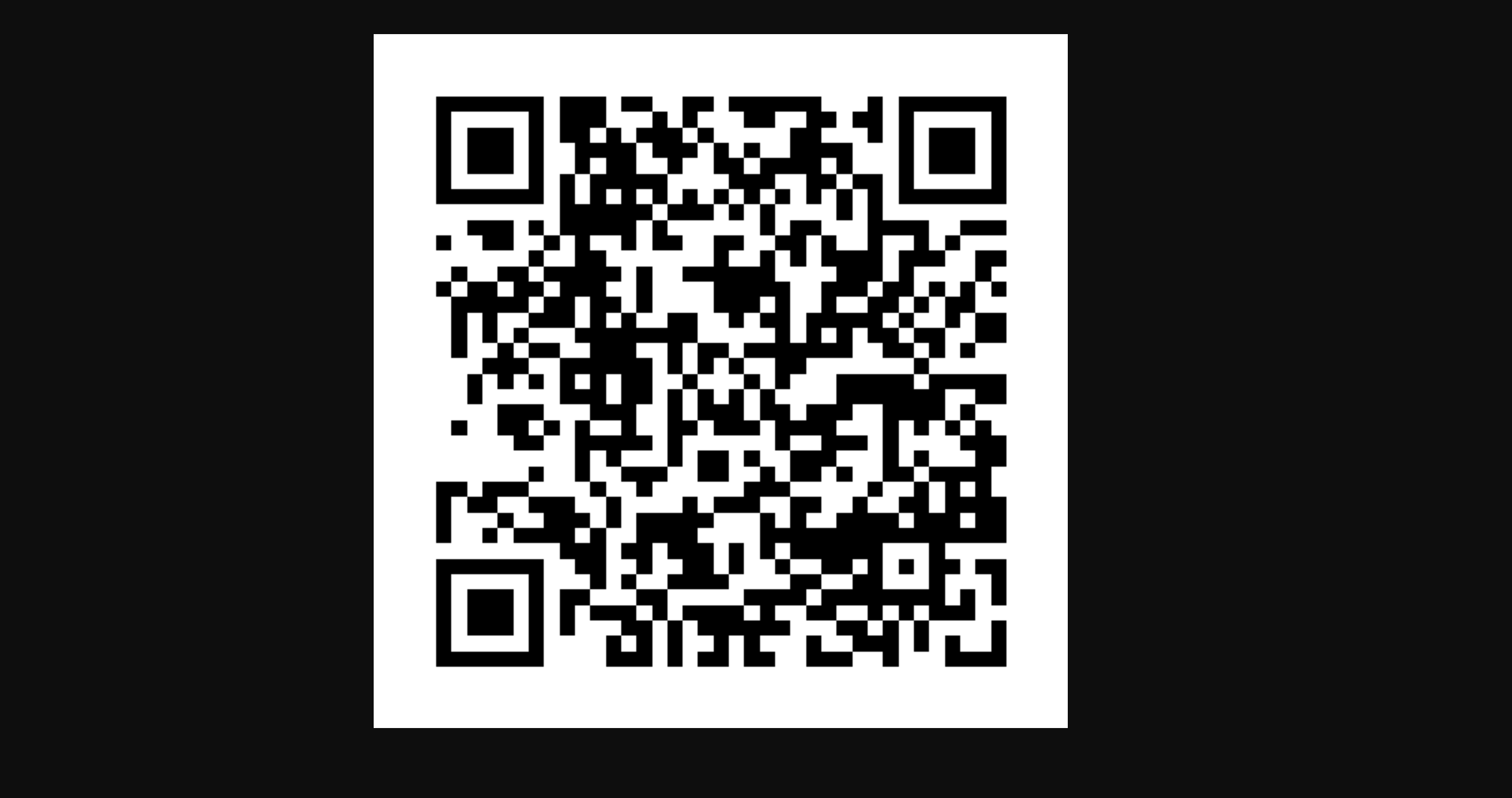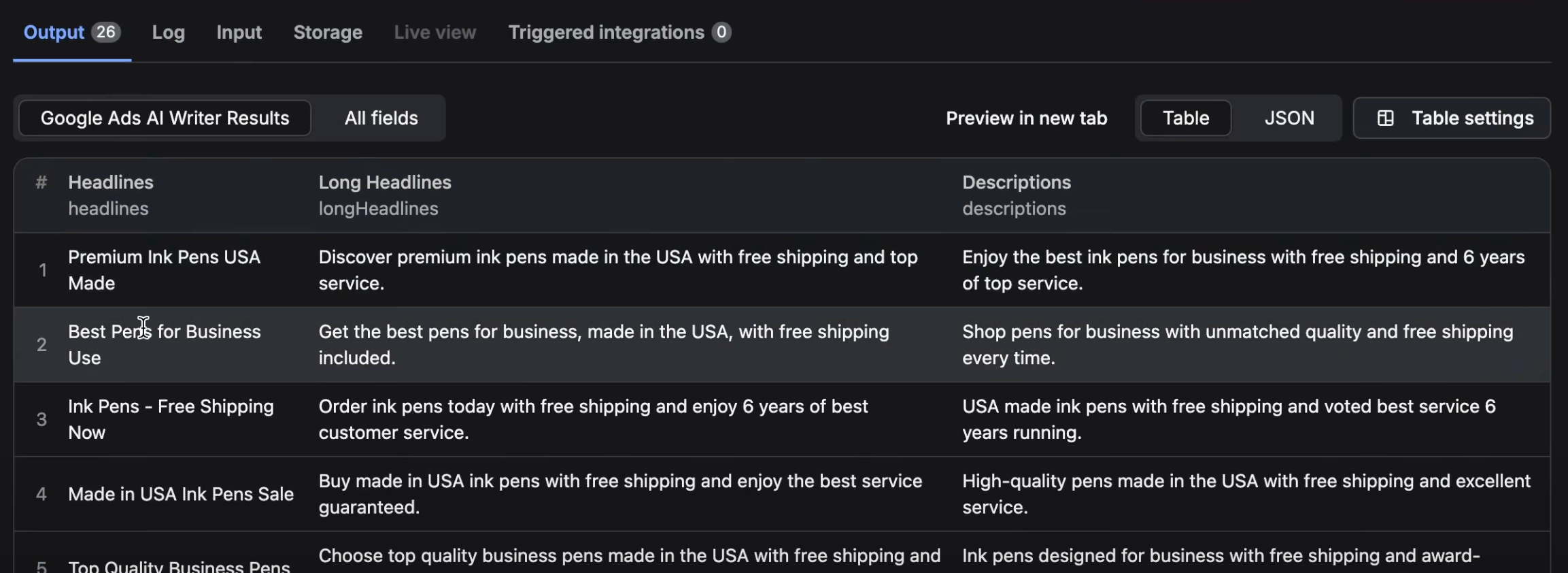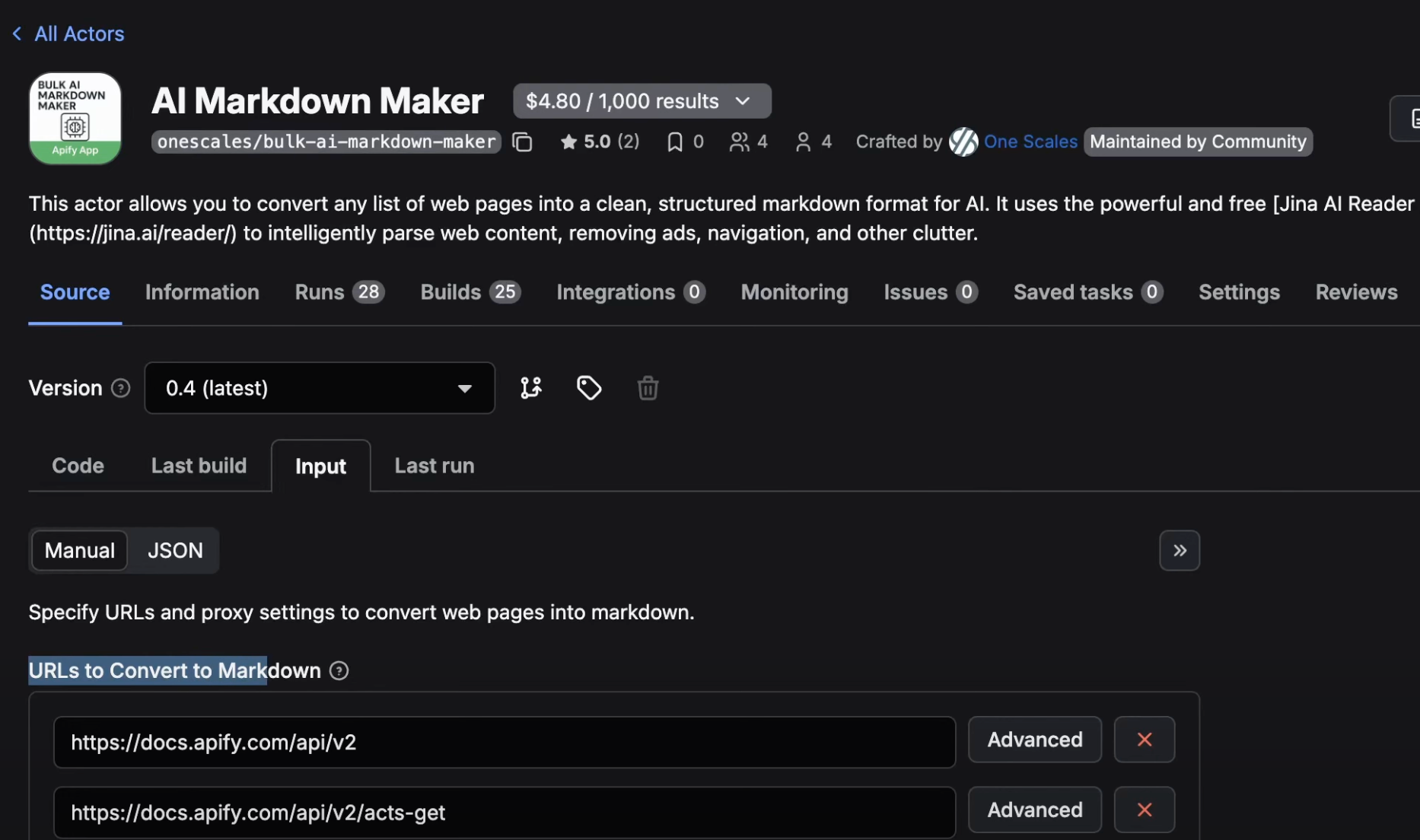Have you ever needed to extract dozens, hundreds, or even thousands of images from websites? Whether you're conducting competitive research, backing up your own website assets, or collecting images for a project, manually downloading images one by one is incredibly time-consuming.
Today, we're sharing the exact method we use at OneScales to bulk download images from any website efficiently. This tutorial will walk you through our newly released Bulk Image Downloader tool that can save you hours of manual work.
Why Bulk Image Downloading Matters
Before diving into the tutorial, let's understand why this capability is essential for modern businesses and professionals:
For Web Developers: Quickly extract existing assets when redesigning websites or analyzing competitor layouts.
For Content Teams: Build comprehensive image libraries from multiple sources for marketing campaigns.
For Researchers: Collect visual data from numerous websites for analysis and documentation.
For E-commerce: Extract product images for competitive analysis or inventory management.
Getting Started with Bulk Image Downloader
Our tool makes the entire process straightforward, requiring no technical expertise or coding knowledge.
Step 1: Access the Tool
Navigate to our Bulk Image Downloader on Apify: https://apify.com/onescales/bulk-image-downloader?fpr=s9de8
You'll need to create a free Apify account if you don't already have one. The free tier provides sufficient credits for most projects.
Step 2: Configure Your Target URLs
The tool's interface is designed for simplicity. You'll see two main configuration areas:
Single URL Input: Perfect for extracting images from individual websites or pages. Simply paste the URL of the website you want to scan.
Bulk URL Input: For larger projects, click "Bulk Edit" to add multiple URLs simultaneously. You can paste hundreds or thousands of URLs, each on a separate line.
Pro Tip: Start with a single URL to test your settings before processing large batches.
Step 3: Choose Your Output Format
The tool offers three output options to match different use cases:
URL List Only: Generates a comprehensive list of all image URLs found on the specified pages. This option gives you maximum control over which images to download manually.
Single Zip File: Packages all discovered images into one convenient download. Ideal when you want everything in one place.
Separate Zip Files: Creates individual zip files for each URL you specified. Perfect for keeping images organized by source website.
Step 4: Configure Advanced Settings
The tool provides several technical options to optimize your extraction:
Loading Method Selection
- HTML Only: Faster processing that captures images directly embedded in the page's HTML. This method works for most websites and processes quickly.
- JavaScript Loading: Slower but more comprehensive option that waits for JavaScript to load additional images. Use this for single-page applications or sites with dynamic content loading.
Resolution and Device Settings
- Desktop vs Mobile: Many websites serve different image sizes based on device type. Choose the version that matches your needs.
- Srcset Handling: Modern websites often use responsive images with multiple resolutions. The tool automatically handles these to capture the most appropriate version.
Step 5: Execute the Extraction
Once your settings are configured, click "Start" to begin processing. The tool will:
- Visit each specified URL
- Analyze the page structure
- Identify all images based on your settings
- Process and package the results
Processing time varies based on the number of URLs and images, typically ranging from seconds for single pages to several minutes for large batches.
Step 6: Access Your Results
When processing completes, you'll see the results section with:
Direct Download Links: For zip files, you'll get immediate download links to access your images.
CSV Export Option: Click "Export to CSV" to generate a spreadsheet containing:
- Complete file listings
- Direct image URLs
- File sizes and metadata
- Organized data for easy management
This CSV export is particularly valuable for large projects where you need to track and manage hundreds of downloaded images.
Best Practices for Optimal Results
Based on our experience using this tool extensively, here are key recommendations:
Start Small: Test your settings with a single URL before processing large batches. This helps identify any configuration issues early.
Choose Appropriate Loading Method: Use HTML-only extraction for speed unless you specifically need JavaScript-loaded images.
Consider Your Use Case: URL lists provide maximum flexibility, while zip files offer convenience for immediate use.
Monitor Processing Time: Large batches may take several minutes. Plan accordingly for time-sensitive projects.
Export to CSV: Always export results to CSV for professional projects. This creates a permanent record and makes image management much easier.
Real-World Applications
At OneScales, we've used this tool for various projects:
Competitive Analysis: Extracting product images from competitor websites to analyze visual trends and positioning strategies.
Website Migrations: Backing up all images when moving content between platforms or redesigning existing sites.
Content Audits: Collecting all visual assets from client websites to assess content quality and identify optimization opportunities.
Research Projects: Gathering visual data from multiple sources for market analysis and trend identification.
Technical Considerations
The tool handles several complex scenarios automatically:
Different Image Formats: Supports all standard web image formats including JPG, PNG, GIF, SVG, and WebP.
Responsive Images: Properly processes srcset attributes to capture appropriate image resolutions.
Dynamic Content: JavaScript loading option handles images loaded after initial page render.
Large Scale Processing: Efficiently manages bulk operations with thousands of URLs and images.
Getting Started Today
Ready to streamline your image downloading process? Access our Bulk Image Downloader here: https://apify.com/onescales/bulk-image-downloader?fpr=s9de8
The free plan provides enough credits to test the functionality and handle moderate projects. For larger operations or regular use, paid plans offer additional processing power and storage capacity.
Conclusion
Manual image downloading is no longer necessary when you have access to automated tools like our Bulk Image Downloader. This tutorial provides everything you need to start extracting images efficiently, whether you're working on a small project or processing thousands of URLs.
The key to success is understanding your specific requirements and configuring the tool accordingly. With proper setup, you can transform hours of manual work into minutes of automated processing.
Try the tool today and experience the difference automation makes in your workflow. As always, we're here to help if you have questions or need assistance optimizing your image extraction process.








